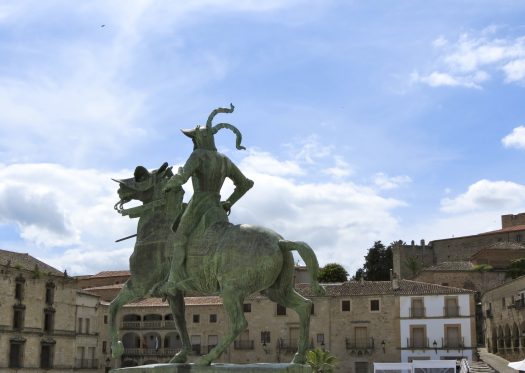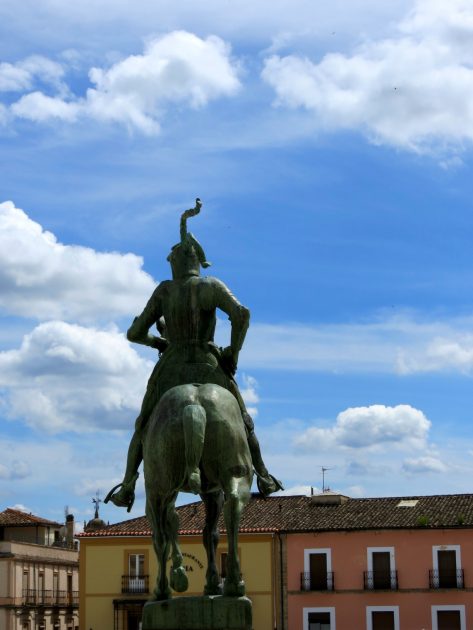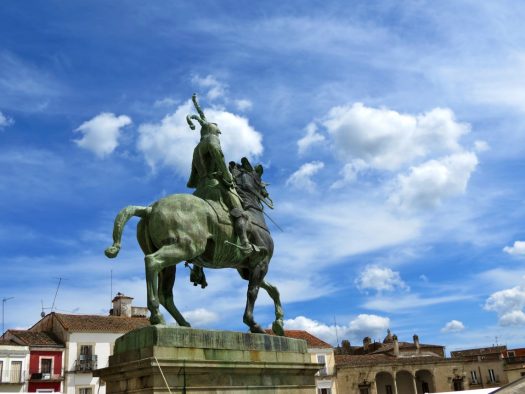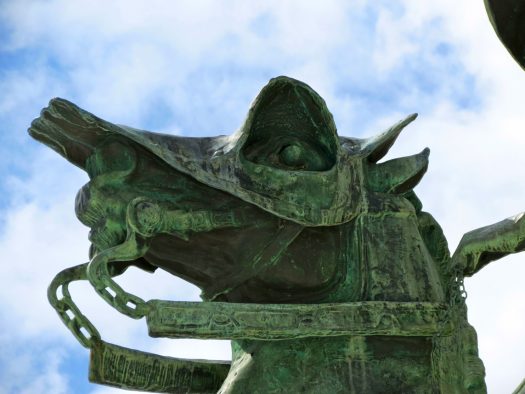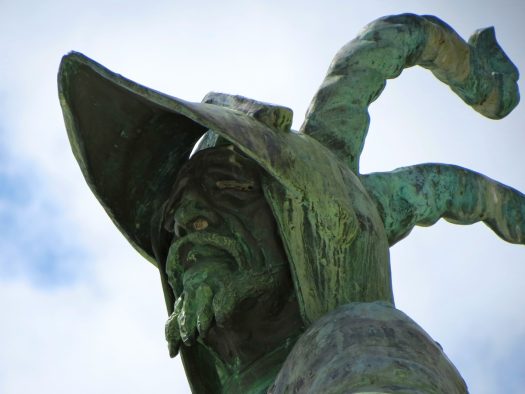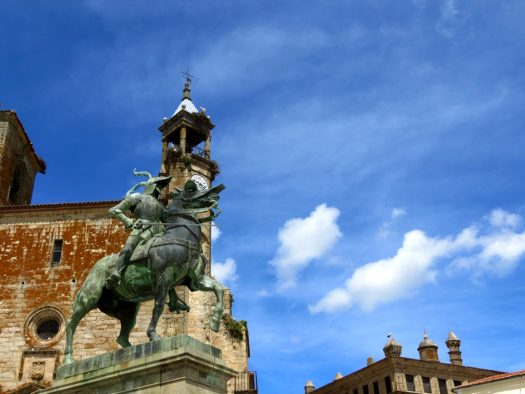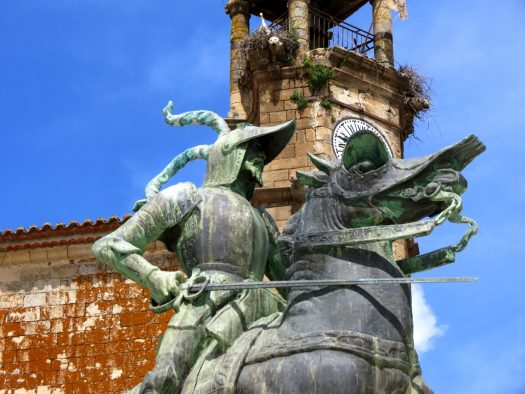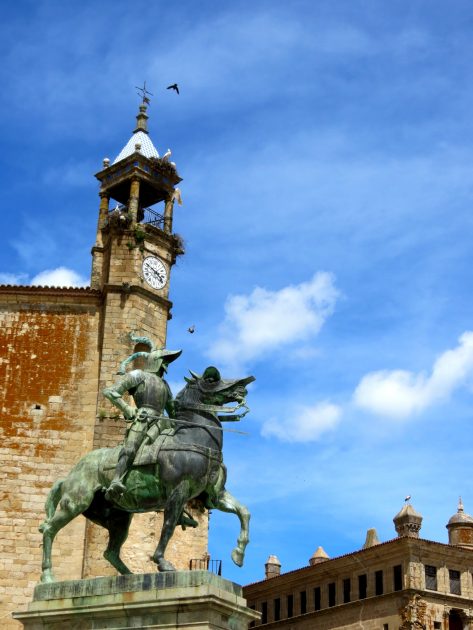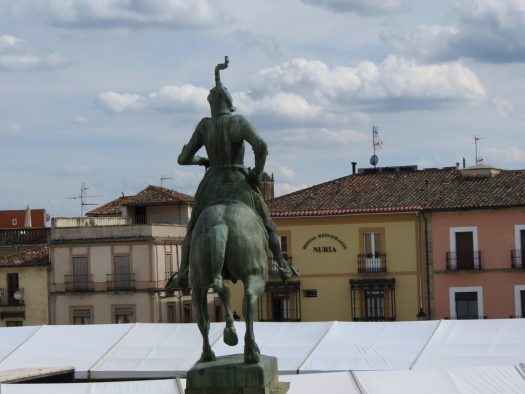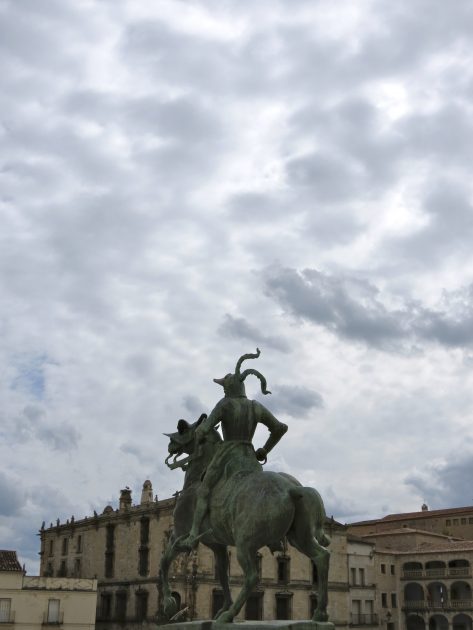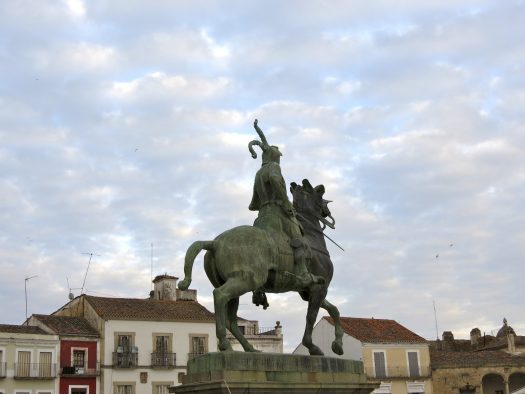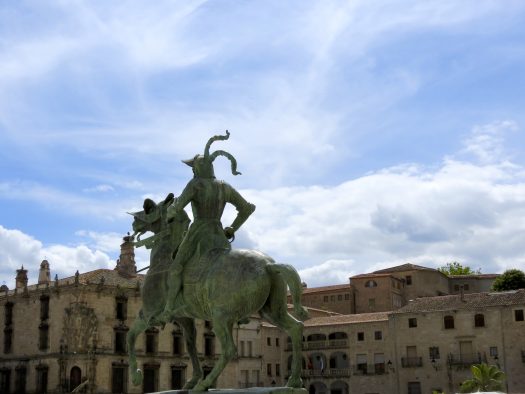- CountrySpain
- Town:Trujillo
-
Year of creation:1927
- Rider(s):Pizarro, Francisco
(c. 1471 or 1476 –1541) was born in Trujillo, Spain, as the illegitimate son of an infantry colonel. He grew up illiterate. Pizarro sailed from Spain to Cartagena in the New World in 1509, and accompanied Balboa in 1513 to the Pacific. He was rewarded for his role in the arrest of Balboa with the positions of mayor and magistrate in Panama City, serving there from 1519 to 1523. Reports of Peru’s riches and Cortés’s success in Mexico tantalized Pizarro and he undertook in 1524 and in 1526 two expeditions to conquer the Incan Empire. Both failed as a result of native hostilities, bad weather, and lack of provisions. In 1528, he reached northern Peru and found the natives rich with precious metals. This discovery gave Pizarro the motivation to plan a new expedition to conquer Peru. Pizarro returned to Spain, where he not only received from King Charles I a license for the proposed expedition but also considerable authority over any lands conquered. In 1530 the expedition left Panama. Pizarro captured Inca Emperor Atahualpa in1532. A ransom for the Emperor was offered and Atahualpa filled a room with gold. However Pizarro charged him with various crimes and executed Atahualpa in 1533, much to the opposition of his associates who thought the conquistador was overstepping his authority. The same year, Pizarro entered the Incan capital of Cuzco, completing the conquest of Peru. In 1535, Pizarro founded the city of Lima, a project he considered his greatest achievement. Quarrels between Pizarro and his longtime comrade-in-arms Diego Almagro culminated in the capture and execution of Almagro, whose embittered son assassinated Pizarro in Lima in 1541.
- Sculptor(s):Rumsey, Charles Cary
(1879 –1922) was an American sculptor.
- Original in:Buffalo, US
See original.
